Andrew Ross in Boston Review:
This summer, we are lucky if we get water in my home once in twenty days,” reported Ramzy, a nearby villager from Jifna, as he filled his grimy four-gallon tanks from a tap near the open road. We were standing at a spring just a few miles north of Ramallah, a city with an annual rainfall greater than London but which, like the rest of Palestine, suffers from a condition of artificial water scarcity at the hands of Israel. “There is a great lake of water beneath us,” Ramzy pointed out (referring to the bountiful Mountain Aquifer), “but we do not see any of its benefits. If we try to dig a well, we will be fined, and maybe worse.” Like the others lined up with their containers, he was relying on the largesse of a man who had found a spring while digging the foundations for a new house and decided to make the water available to the public. I would later learn from the regional water service provider that the spring’s water was not all that safe to drink from: it had been contaminated by the cesspits in the surrounding villages. But for Ramzy and his needy family, there were few alternatives. Water from the private tanker trucks that are ubiquitous on the West Bank’s streets and roads comes at a steep price, and its quality is often not much better.
This summer, Palestine’s ongoing water crisis reached dangerous new heights. Next to the surge in settler activity, anxiety about the lack of domestic water supply was the most common topic on people’s lips. And for many strapped households like Ramzy’s, the safety of what they could obtain to drink was often not a priority. Among the factors contributing to the particularly acute shortage were the unprecedented summer heat, Israel’s cruel reduction, by 25 percent, of supply to the governorates of Hebron and Bethlehem, resource pressure from the post–COVID-19 influx of summer residents from the Palestinian diaspora, and the seizure of artisan springs by settlers all across the West Bank.
More here.
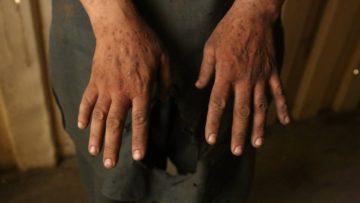 Birds dip between low branches that hang over glittering brooks along the drive from Jalalabad heading south toward the Achin district of Afghanistan’s Nangarhar province. Then, the landscape changes, as lush fields give way to barren land.
Birds dip between low branches that hang over glittering brooks along the drive from Jalalabad heading south toward the Achin district of Afghanistan’s Nangarhar province. Then, the landscape changes, as lush fields give way to barren land.
 Flamboyant, swashbuckling cross-dressing was nothing new in late nineteenth-century France. Paris’s unique and bohemian lesbian subculture
Flamboyant, swashbuckling cross-dressing was nothing new in late nineteenth-century France. Paris’s unique and bohemian lesbian subculture 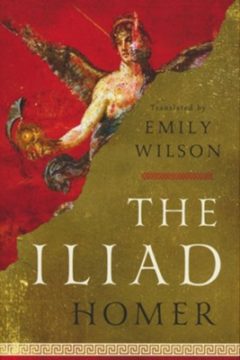 Edith Hall in The Guardian:
Edith Hall in The Guardian: Laura Marsh in The New Republic:
Laura Marsh in The New Republic: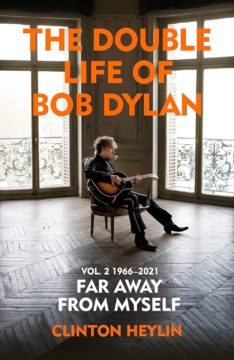 W
W The insurrection failed. The system held — at least for a time. In November 1923, when a young demagogue named Adolf Hitler tried to start a Nazi revolution from a Munich beer hall, his attempted coup was so disorganized that it swiftly degenerated into bumbling confusion. One participant later testified that the operation was such a farce that he whispered to others, “Play along with this comedy.”
The insurrection failed. The system held — at least for a time. In November 1923, when a young demagogue named Adolf Hitler tried to start a Nazi revolution from a Munich beer hall, his attempted coup was so disorganized that it swiftly degenerated into bumbling confusion. One participant later testified that the operation was such a farce that he whispered to others, “Play along with this comedy.”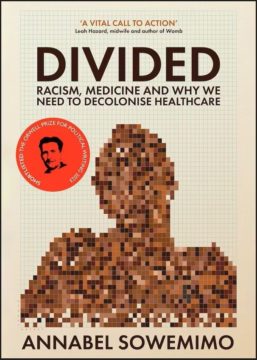 The health service is a contradiction. It has been built on immigrant labour from conception to the present day. Walk into many NHS services, and you will find it is Black and Brown faces that are assessing, diagnosing and treating. Yet we find huge race-based health disparities, in maternity, mental health, Covid-19 deaths and more.
The health service is a contradiction. It has been built on immigrant labour from conception to the present day. Walk into many NHS services, and you will find it is Black and Brown faces that are assessing, diagnosing and treating. Yet we find huge race-based health disparities, in maternity, mental health, Covid-19 deaths and more.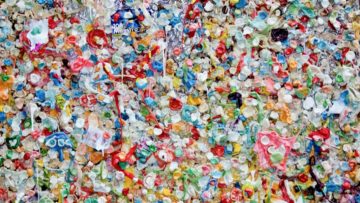 The first time I heard about the
The first time I heard about the  C
C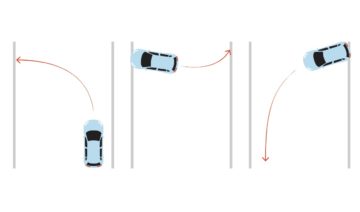 There’s a fun math problem here about how much space you need to turn your car around, and mathematicians have been working on an idealized version of it for over 100 years. It started in 1917 when the Japanese mathematician Sōichi Kakeya posed a problem that sounds a little like our traffic jam. Suppose you’ve got an infinitely thin needle of length 1. What’s the area of the smallest region in which you can turn the needle 180 degrees and return it to its original position? This is known as Kakeya’s needle problem, and mathematicians are still studying variations of it. Let’s take a look at the simple geometry that makes Kakeya’s needle problem so interesting and surprising.
There’s a fun math problem here about how much space you need to turn your car around, and mathematicians have been working on an idealized version of it for over 100 years. It started in 1917 when the Japanese mathematician Sōichi Kakeya posed a problem that sounds a little like our traffic jam. Suppose you’ve got an infinitely thin needle of length 1. What’s the area of the smallest region in which you can turn the needle 180 degrees and return it to its original position? This is known as Kakeya’s needle problem, and mathematicians are still studying variations of it. Let’s take a look at the simple geometry that makes Kakeya’s needle problem so interesting and surprising. China’s property sector is the
China’s property sector is the